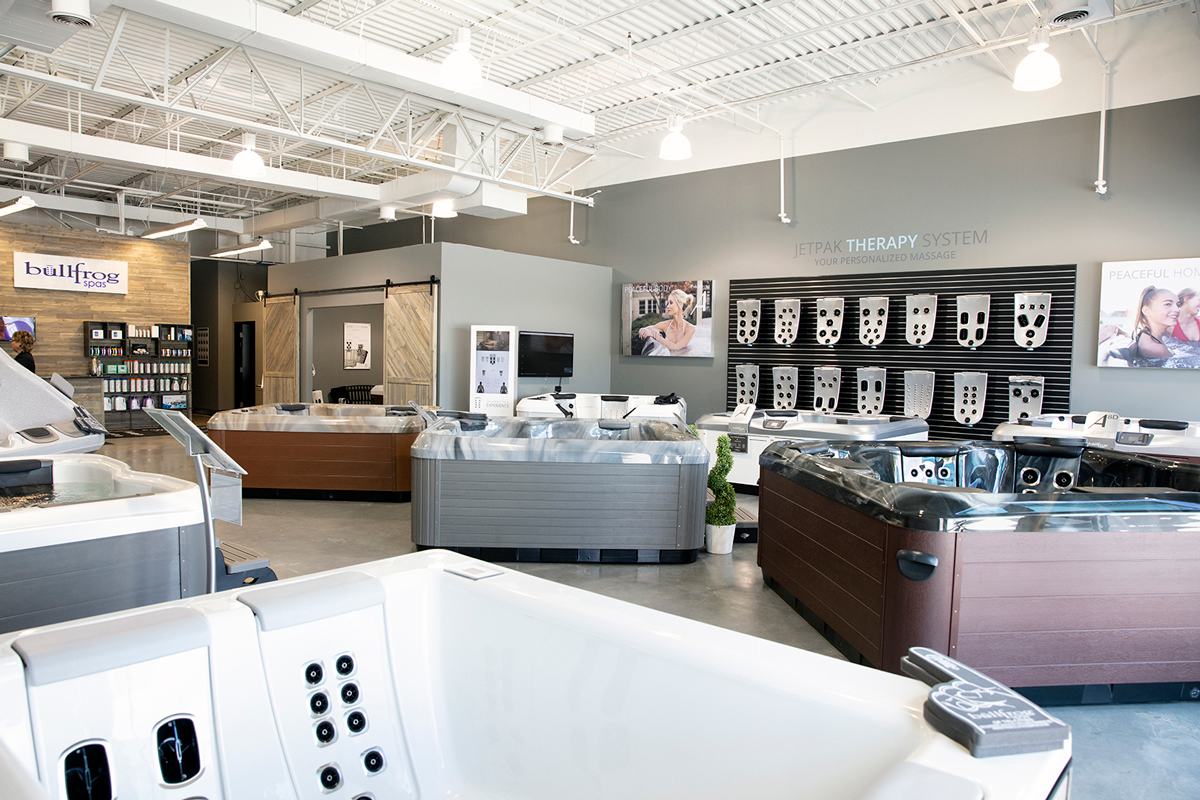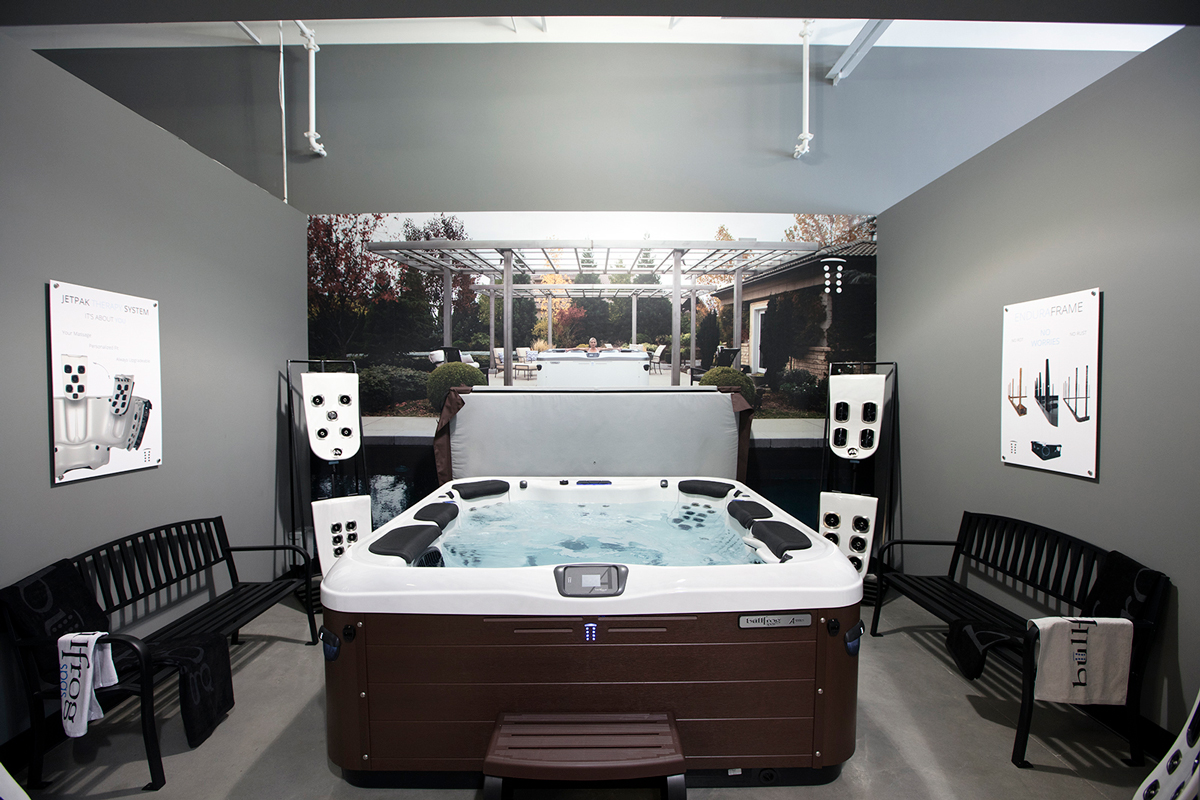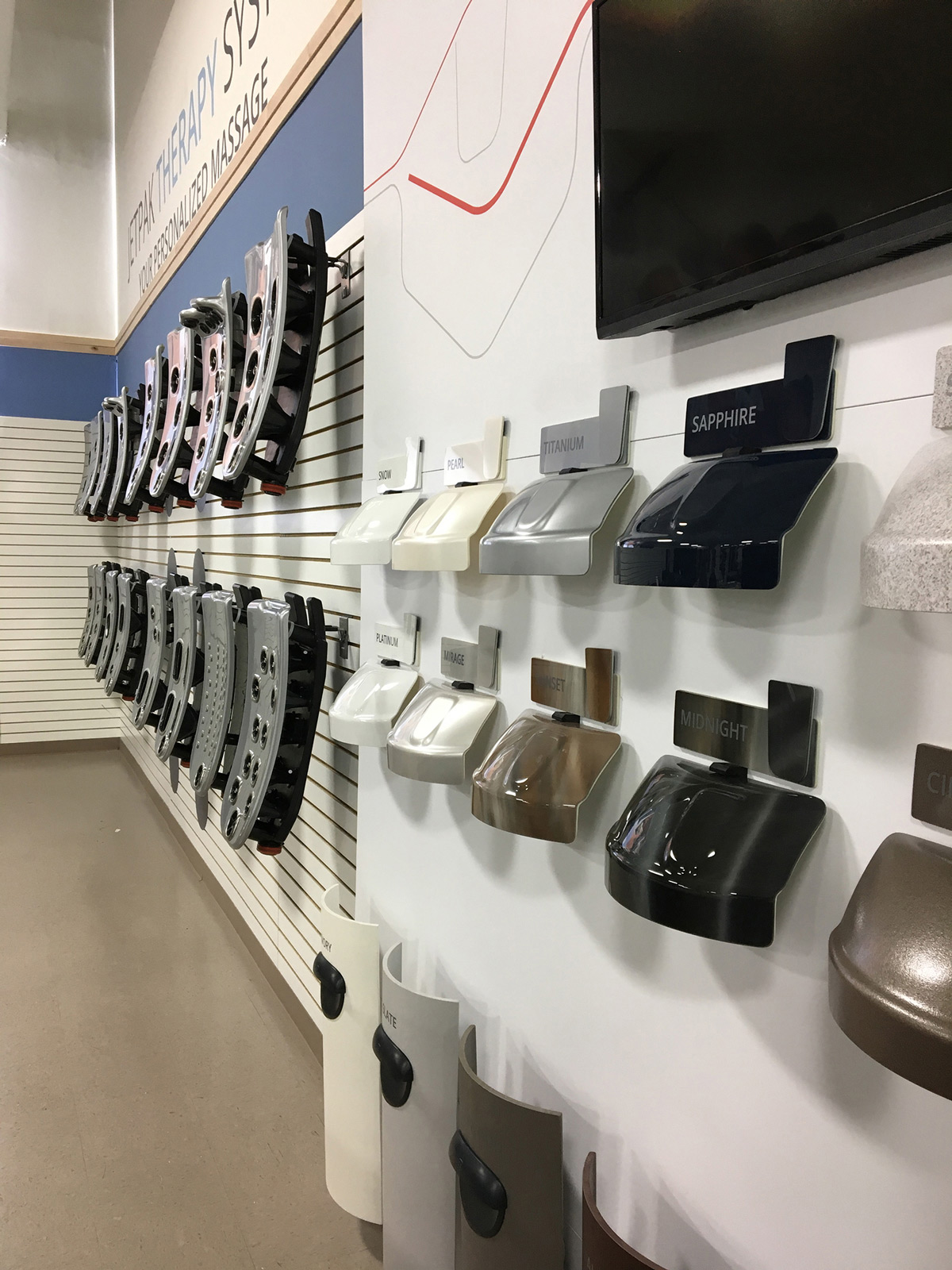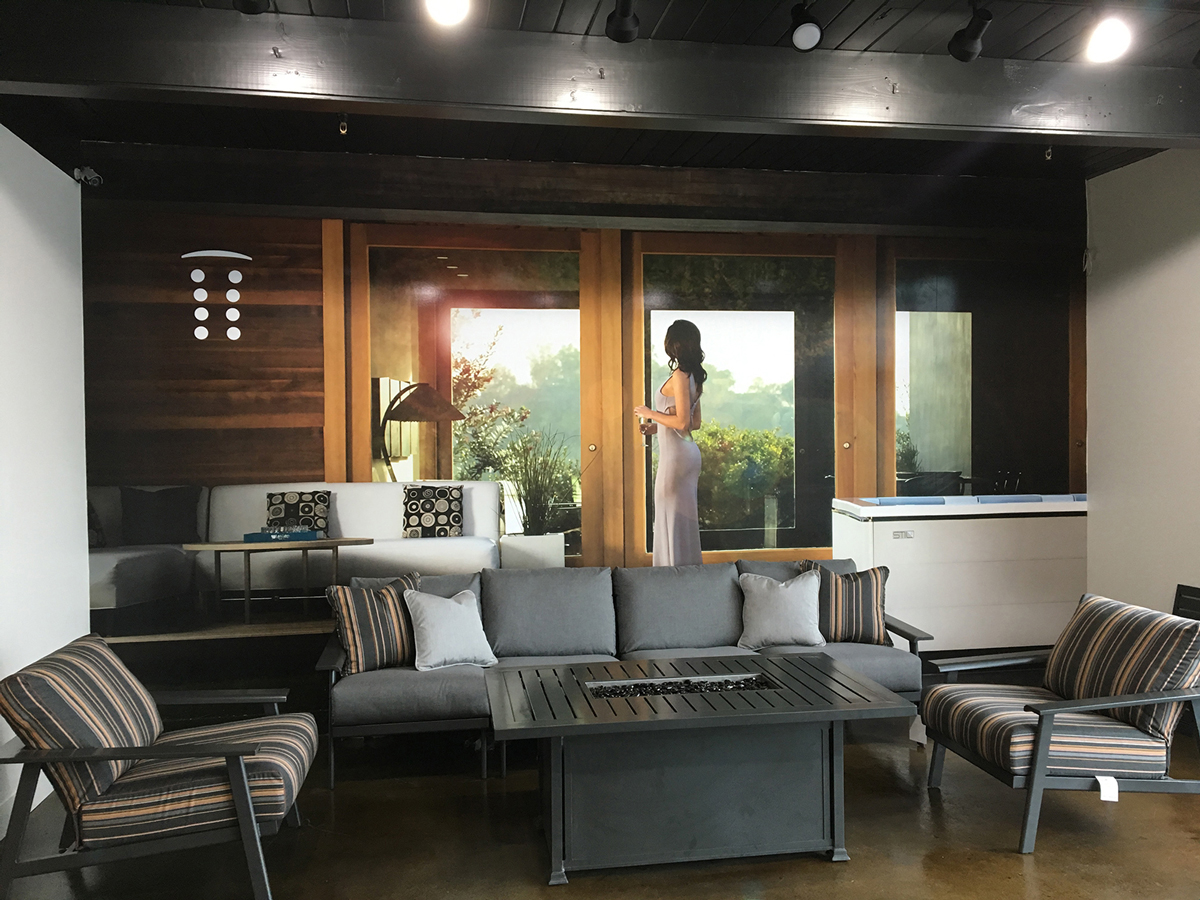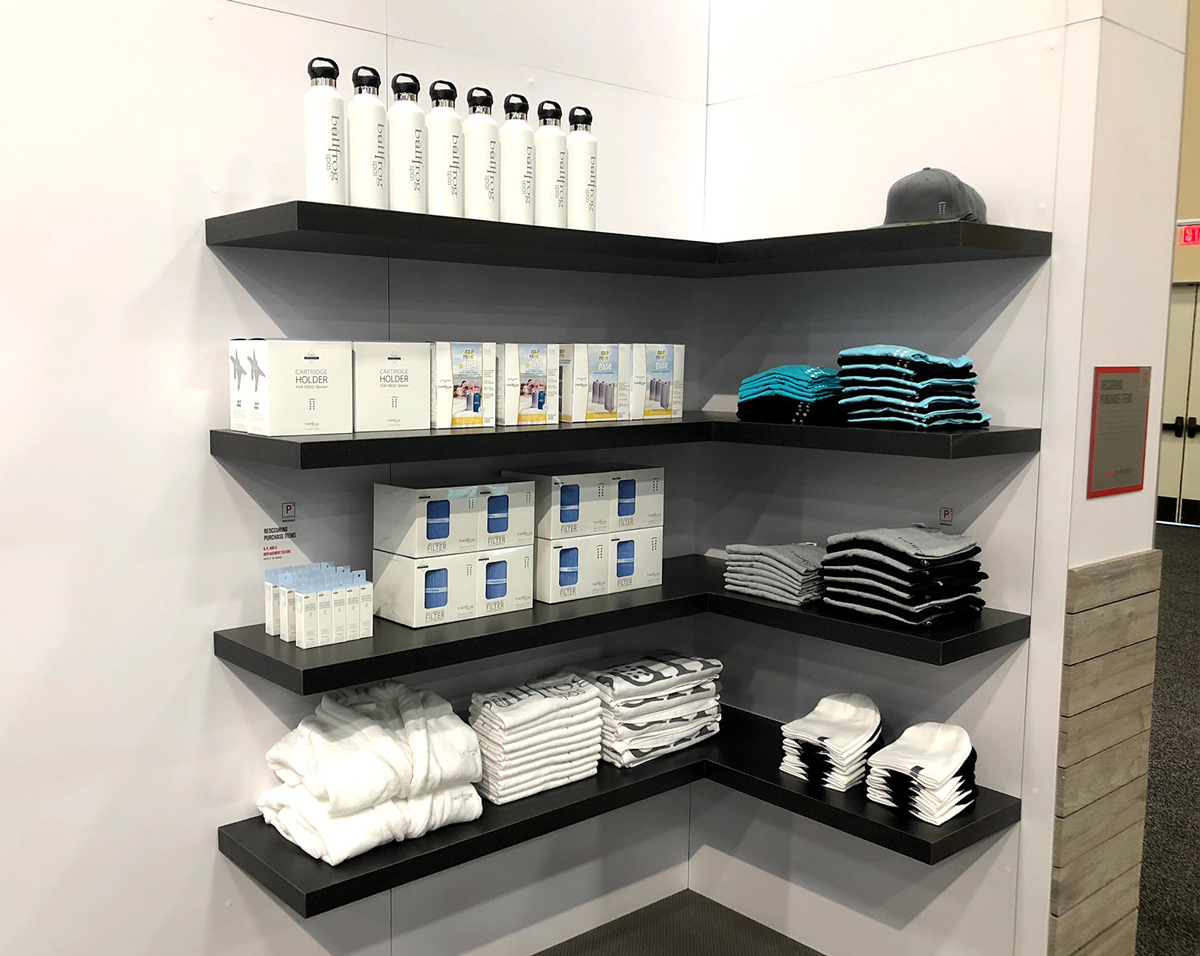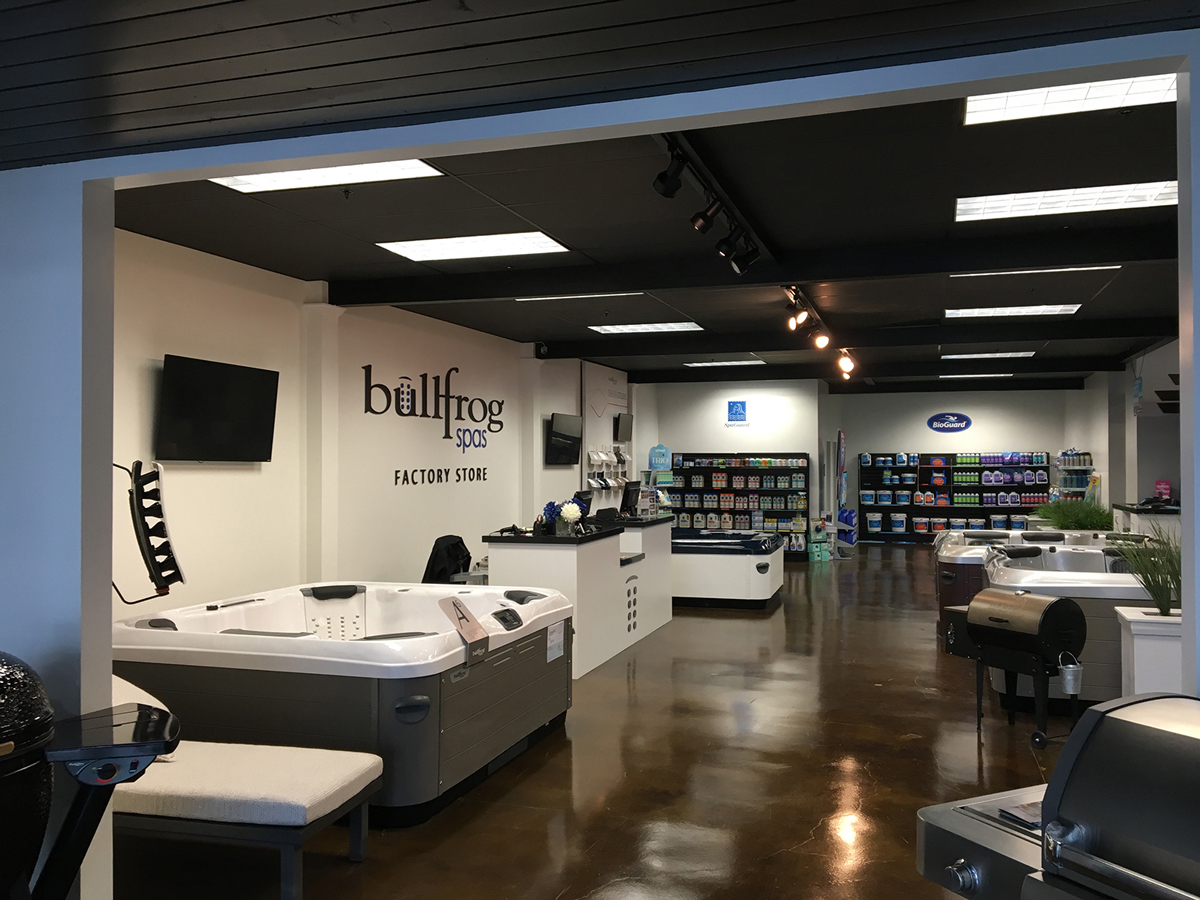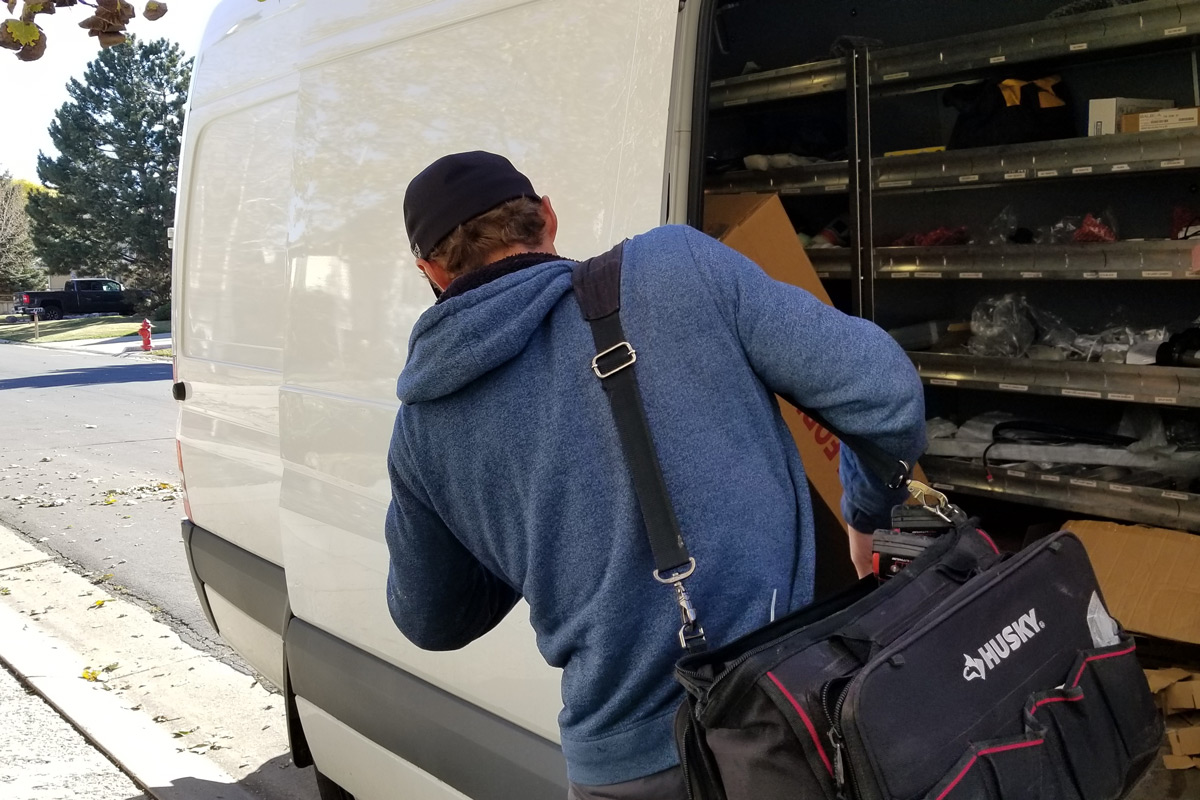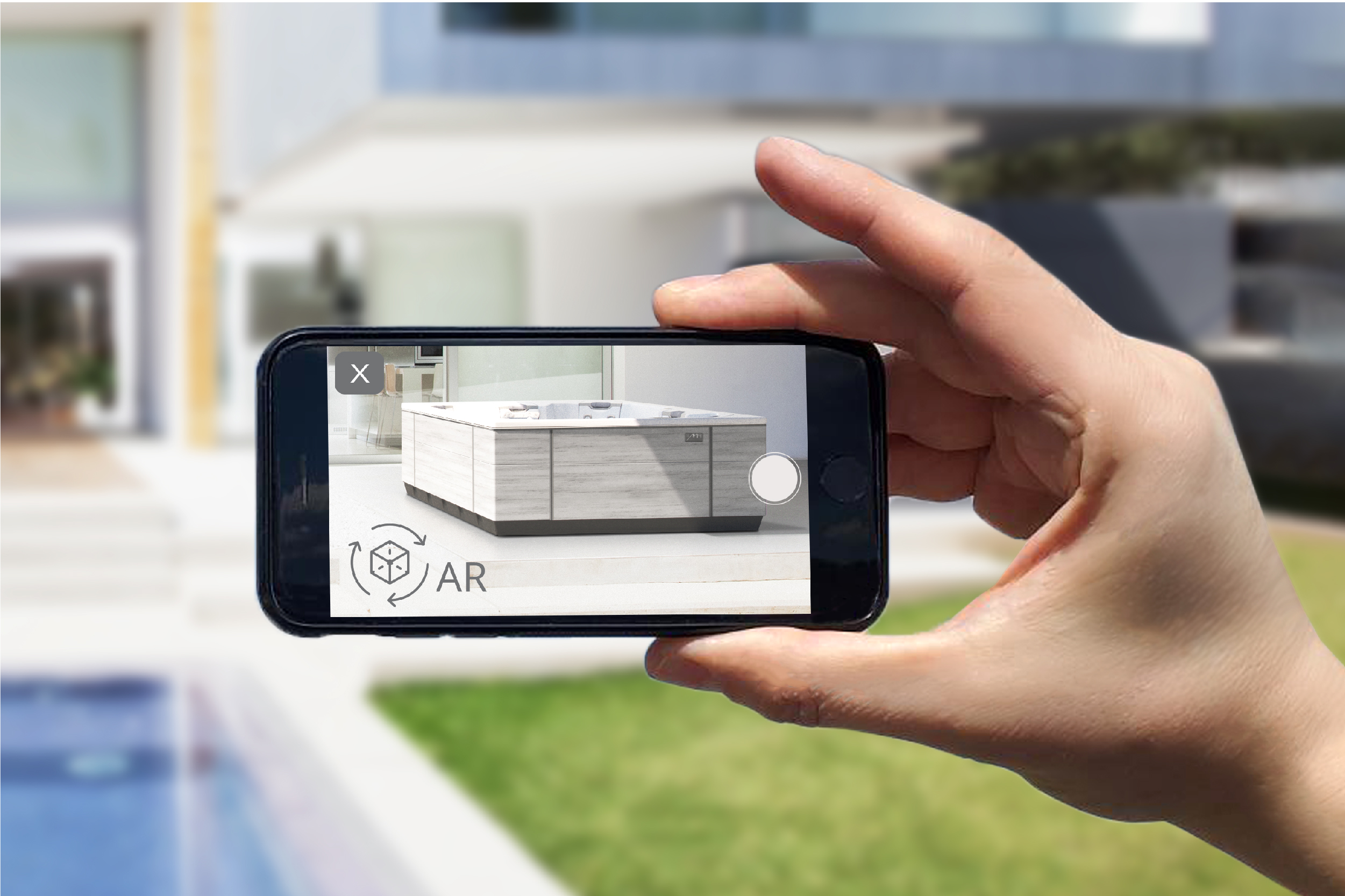These days buzzwords and trendy topics get thrown around like a football on an autumn afternoon. The term “experiential retail” seems to be the latest. But what does experiential retail actually mean? And can a small, independently owned hot tub business, actually succeed with experiential retail or is it something only the Apples of the world can pull off?
Every interaction your business has with a customer serves as a touchpoint and a part of the customer’s experience. Whether you realize it or not, you are participating in experiential retail. However, active experiential retail means that you intentionally and strategically create experiences for your retail customers that, hopefully, work to enhance their path to purchase through interactivity and engagement. Done effectively, experiential retail grabs interest, informs, and inspires to help you win sales, drive lifetime customer loyalty, and earn referral business.
Working with this definition, the next logical question is: What can experiential retail look like in my business? The answer to this begins with a quest to understand each step in your customer’s purchase journey—whether it’s online, in-store, or in a customer’s backyard, you must map out and work to enhance each step with well-planned and well-executed experiences.
It’s no secret that customer paths to purchase typically begin online today. Great experiences at this stage might include an augmented reality app to help customers visualize a spa or pool in their backyard or a digital configuration tool to help them select models, looks, colors, and finishes. These kinds of experiences build trust in your brand, establish you as an expert, and encourage prospective customers to visit your physical location (an action that is more and more difficult to drive these days).
That said, in-store experiences are really where experiential retail can set your business apart from the competition. Imagine customers immersing themselves in a story about the spa or pool they’re considering with virtual reality then moving to an interactive digital touch-screen for more in-depth learning about the specific features and benefits of your product. Or maybe they’re sitting with you inside a walk-in physical spa display that easily allows them to “try on” the actual product, all while encouraging them to dream about how a spa will change their life. Then when it comes time to make the purchase decision, consider how a hands-on display with actual product samples for matching finishes and colors can help customers make decisions quickly and with more confidence.
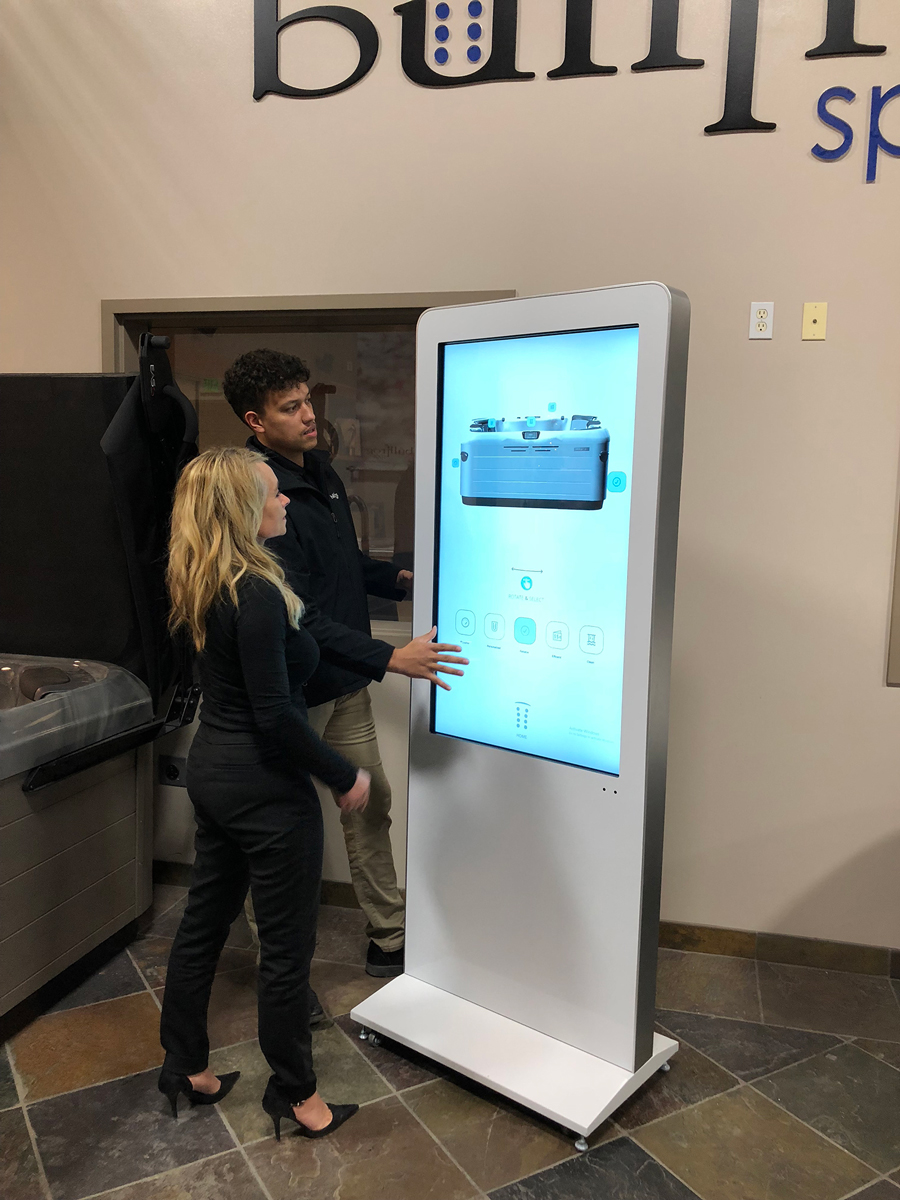
While the store is where you can really focus efforts on conversion touchpoints, it is not where the customer journey ends. All through the site inspection, delivery, and service relationship, you have opportunities to add to the total customer experience. Encouraging referrals, asking for reviews, and providing satisfying post-purchase service experiences that improve overall spa ownership can add even more lifetime value to your relationship with the customer.
But how does a small spa business actually pull off resource-intensive experiences like these? Many of the best pool and spa manufacturers today are partnering with retailers to provide amazing customer experiences at reasonable costs. It can often pay to get in touch with your product reps and ask them what kind of interactive customers experiences their brand can help you create.
Whether home-grown or manufacturer supported, an impactful experiential retail plan is not out of reach for pool and spa stores today. It just takes an understanding of your buyers and their journey, a focused plan, a good partner, and some action to out-experience your competition and delight your most important asset, your customers.

